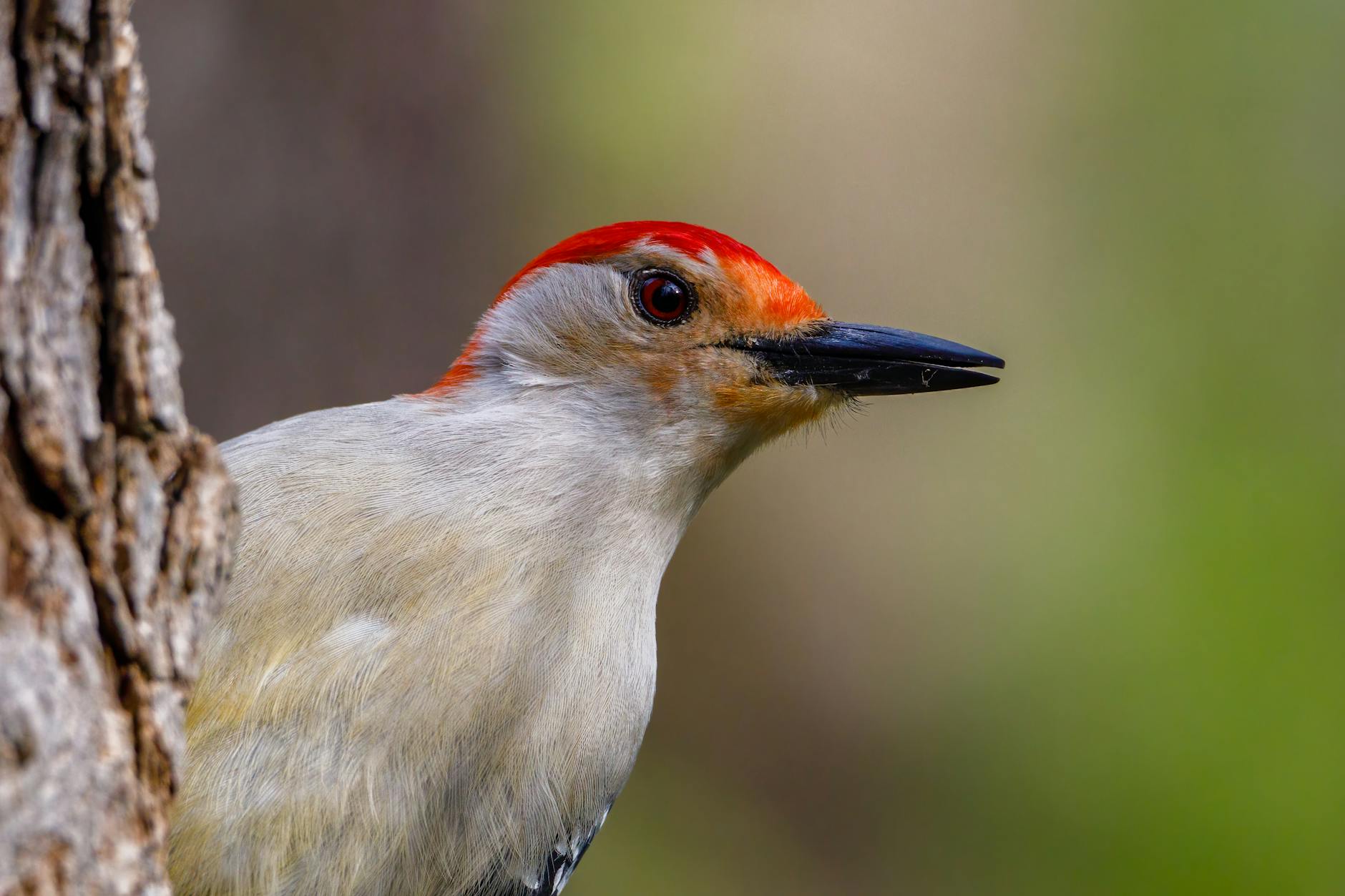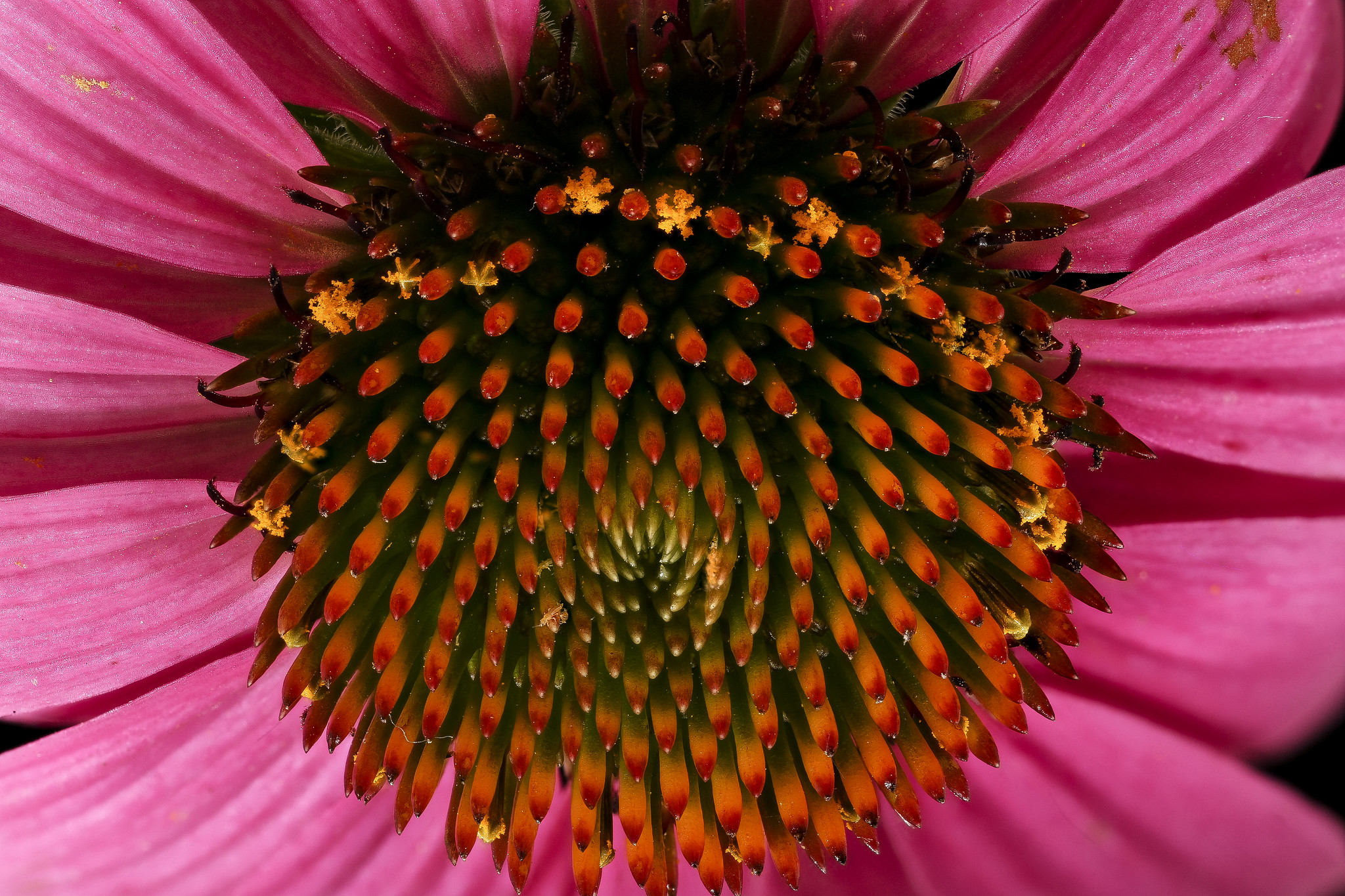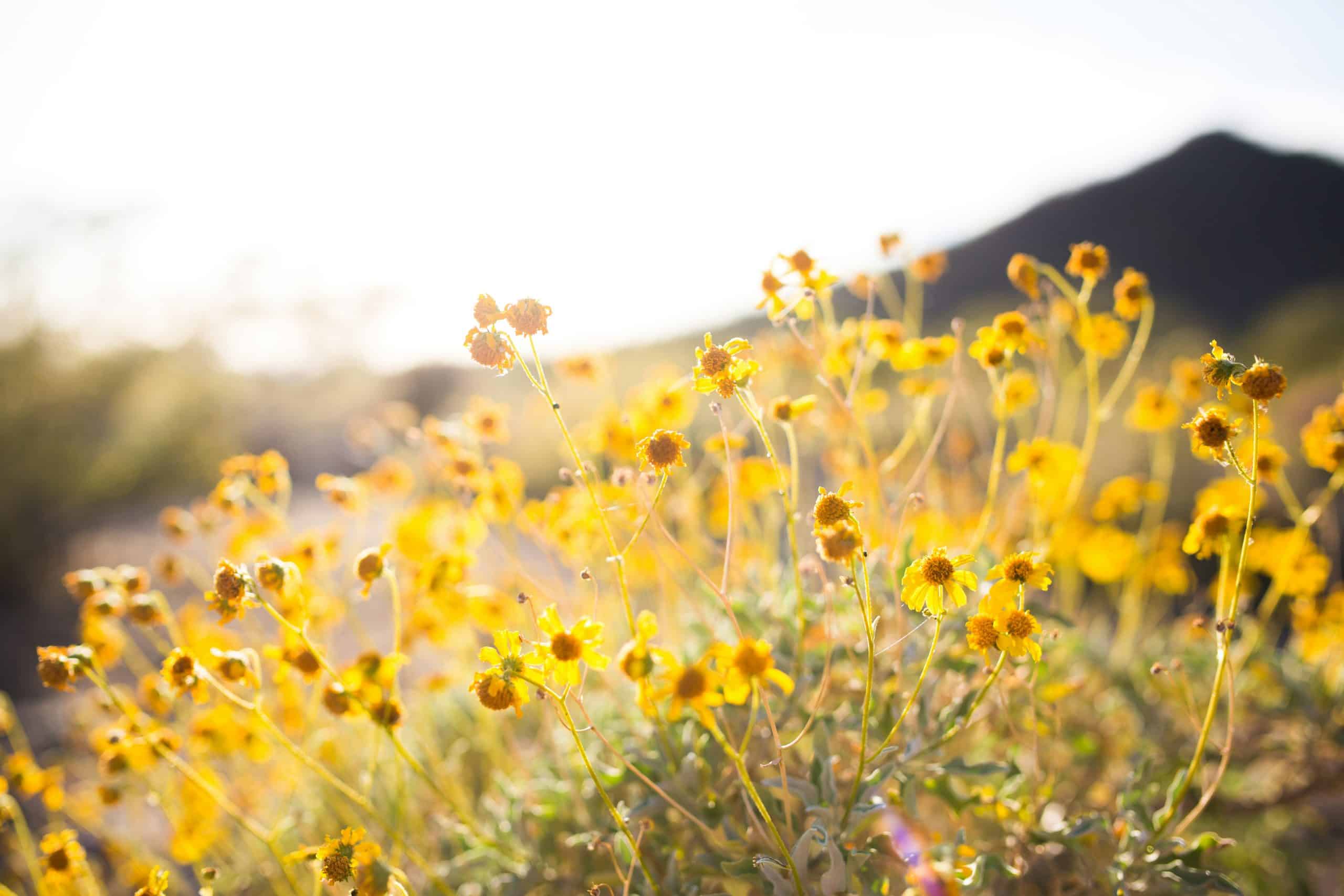Where the Movement is Heading and What to Look Out For
As global environmental challenges continue to grow, the conservation movement is evolving to meet the demands of a rapidly changing planet. From new technological innovations to a shift in the way we approach environmental justice, conservation is no longer just about protecting specific species or ecosystems—it’s about understanding and addressing the interconnectedness of nature, society, and the economy. In this article, we’ll explore the top trends shaping the future of conservation and what we can expect in the years ahead.
1. Nature-Based Solutions for Climate Change Mitigation
One of the most promising trends in conservation is the increased focus on nature-based solutions (NbS) for mitigating climate change. These solutions harness the power of natural ecosystems to reduce or absorb greenhouse gases and help us adapt to the effects of climate change.
- Carbon sequestration through reforestation and soil management: Forest restoration, wetland conservation, and soil health programs are all key players in NbS. By protecting and restoring natural landscapes, we can store vast amounts of carbon in forests, grasslands, and soil, while also improving biodiversity and ecosystem health.
- Urban green spaces: As urban areas expand, green spaces such as parks, green roofs, and urban forests are gaining recognition for their ability to mitigate heat, reduce air pollution, and provide habitat for wildlife.
2. Technology and Conservation Innovation
Technology is transforming the way we approach conservation, making it easier to monitor ecosystems, track biodiversity, and take action when necessary. Here are some key technological innovations in conservation to keep an eye on:
- Artificial Intelligence (AI) and Machine Learning: AI is being used to analyze vast amounts of data collected from satellites, drones, and field sensors. This allows researchers to track wildlife populations, monitor deforestation, and identify patterns that help in conservation decision-making.
- Environmental DNA (eDNA): By analyzing DNA found in water or soil samples, scientists can detect the presence of species without needing to physically observe them. This technology is especially valuable in monitoring endangered species and assessing ecosystem health.
- Remote Sensing and Drones: Drones and satellites are being used to monitor vast areas of land, helping to track deforestation, forest fires, and wildlife movements. These tools provide real-time data, which is crucial for swift conservation responses.
3. Conservation Finance: Paying for the Future
Traditional conservation funding sources, such as government grants and private donations, are no longer sufficient to meet the needs of global conservation efforts. To address this gap, there is a growing emphasis on conservation finance—innovative methods of funding that aim to generate sustainable and scalable resources for conservation projects.
- Impact Investing: Investors are increasingly looking for opportunities to make a positive environmental impact while also earning financial returns. Impact investing in conservation projects can help fund sustainable agriculture, forest protection, and biodiversity conservation.
- Biodiversity Offsets and Payments for Ecosystem Services (PES): These market-based mechanisms allow companies or governments to compensate for their environmental impacts by investing in conservation efforts elsewhere. PES, for example, can pay landowners to conserve ecosystems or restore habitat for endangered species.
4. Community-Driven Conservation
In the past, conservation efforts were often driven by top-down approaches, with experts and organizations determining the best course of action for protecting ecosystems. However, there is a growing recognition that community-driven conservation is essential for long-term success.
- Indigenous Knowledge and Leadership: Indigenous communities have been stewards of the land for generations, and their knowledge of ecosystems and natural resource management is invaluable. Recognizing and supporting Indigenous leadership in conservation projects is crucial for protecting biodiversity and ensuring sustainability.
- Collaborative Management: By involving local communities in decision-making and providing them with the resources to manage their natural surroundings, we can create more effective and sustainable conservation strategies. Empowering communities to take ownership of conservation projects leads to better outcomes and fosters long-term commitment to preserving natural resources.
5. Focus on Ecosystem Restoration
Restoration is quickly becoming a central theme in conservation, with increasing efforts aimed at restoring damaged or degraded ecosystems. From coral reefs to wetlands to grasslands, restoration projects aim to bring ecosystems back to health and enhance their ability to provide vital services.
- Large-Scale Landscape Restoration: Initiatives like the United Nations Decade on Ecosystem Restoration (2021-2030) emphasize large-scale efforts to restore ecosystems and combat climate change. These efforts can include reforestation, wetland restoration, and coral reef rehabilitation.
- Regenerative Agriculture: Agricultural practices that restore rather than deplete the land are gaining popularity. Regenerative agriculture focuses on improving soil health, increasing biodiversity, and reducing carbon emissions while producing food sustainably.
6. Environmental Justice and Equity
As conservation work expands, there is a growing recognition that it must be done in a way that is fair and equitable for all people, especially historically marginalized communities. The principle of environmental justice seeks to ensure that all individuals, regardless of race, income, or background, have access to a clean, healthy environment.
- Inclusive Conservation Efforts: Conservation must take into account the needs and voices of vulnerable populations, including Indigenous peoples, local communities, and communities of color. Environmental justice efforts are focused on ensuring that conservation initiatives don’t disproportionately burden these groups and that they benefit from the protection and restoration of natural resources.
- Sustainable Development Goals (SDGs): The United Nations’ SDGs are designed to promote peace, prosperity, and sustainable development for all. Conservation efforts must align with these global goals to ensure that environmental protection is inclusive and addresses issues such as poverty, health, and inequality.
7. Biodiversity Protection and Climate Change Adaptation
The future of conservation will require a shift towards more holistic and adaptive management approaches that consider both biodiversity protection and climate change adaptation. Species, ecosystems, and human communities are all facing unprecedented challenges as the climate continues to change.
- Migration Corridors and Climate Resilient Habitats: Protecting and creating migration corridors that allow species to move and adapt to shifting climate conditions is a key aspect of climate change adaptation. Ensuring that ecosystems are connected allows wildlife to thrive in new habitats and helps to maintain biodiversity.
- Conservation in a Changing Climate: As ecosystems are impacted by climate change, conservation efforts will need to be more dynamic and flexible. This means incorporating climate change models into conservation planning and prioritizing actions that enhance ecosystem resilience.
The Future of Conservation: Innovation, Collaboration, and Equity
The future of conservation is multifaceted, dynamic, and rooted in innovation, collaboration, and equity. With new technologies, financial models, and community-driven approaches, the conservation movement is evolving to meet the challenges of a rapidly changing world. By focusing on nature-based solutions, leveraging technology, and embracing environmental justice, we can ensure that conservation efforts are more effective and sustainable in the years to come. The trends outlined above will shape the way we protect and restore the planet’s ecosystems, making the future of conservation a hopeful and transformative journey.



